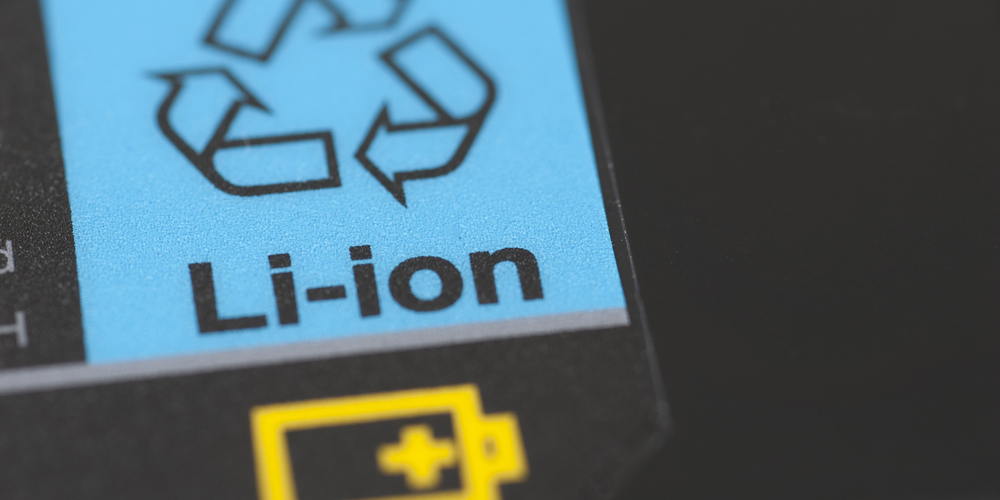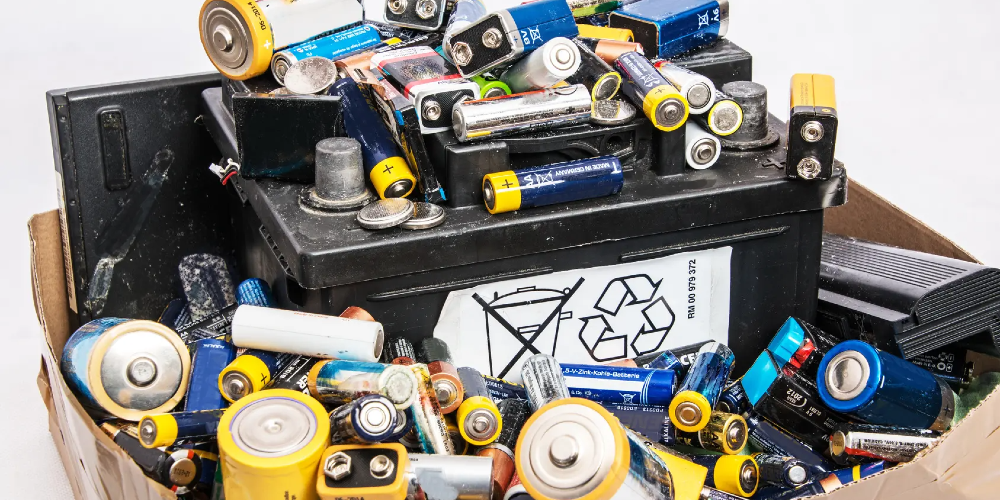Navigating the Cold: The Quest for Safer, More Efficient Lithium-Ion Batteries
- 125

In the world of renewable energy and technology, the role of rechargeable batteries, particularly lithium-ion (Li-ion) batteries, is undeniably crucial. They fuel a wide range of devices, from the smartphones and laptops we use daily to larger scale applications like electric vehicles. Despite their widespread use and the advancements in battery technology, Li-ion batteries face significant challenges, especially in cold weather conditions. This article delves into the intricacies of how Li-ion batteries operate, the problems they encounter in cold climates, and the ongoing research aimed at overcoming these issues.
Understanding the Li-ion Phenomenon
Electrochemical energy storage, the principle behind battery operation, involves the movement of ions between positive and negative electrodes. Electricity facilitates this process, prompting ions to move back and forth, allowing the battery to store and release energy as necessary. The appeal of Li-ion batteries lies in their ability to undergo thousands of these charge-discharge cycles while maintaining a high specific capacity, thanks to lithium's status as the lightest metal. This unique property makes Li-ion batteries an optimal choice for applications where weight and volume are critical factors.
The Challenges of Cold Weather

Despite their advantages, Li-ion batteries are not without their flaws, particularly when it comes to operating in cold temperatures. The issue arises from the electrolytes within the batteries, which become viscous and slow-moving in the cold. This sluggish movement hampers the lithium ions' ability to penetrate the electrodes effectively, leading to possible lithium metal deposition on the electrode surfaces. Such occurrences can precipitate internal short circuits, heightening the risk of fire—a danger significantly less prevalent in non-rechargeable batteries like AA or AAA.
Increasing Incidents of Battery Fires
The risk associated with Li-ion batteries is not merely theoretical. Urban centers, such as New York City, have witnessed a marked increase in electric bike battery fires, underscoring the potential dangers of these energy sources. Manufacturing defects, including impurities and residual particles, further exacerbate the risk, making the quest for safer battery technologies more urgent.
Advancing Toward Safer Batteries

In response to these challenges, researchers, including my team at Drexel University, are exploring innovative solutions to enhance the safety and efficiency of Li-ion batteries, especially in colder climates. Altering the electrolyte composition to prevent condensation at lower temperatures and pre-heating battery packs before charging are among the strategies under consideration. Moreover, the exploration of alternative battery technologies, such as sodium-ion batteries and solid-state batteries, holds promise for safer, more reliable energy storage solutions.
Exploring Beyond Lithium
The shift towards battery chemistries that deviate from traditional Li-ion configurations could potentially offer more stability across varying temperatures and reduce reliance on liquid electrolytes, which are a fire hazard. Sodium-ion batteries, leveraging the abundance of sodium, present an economical and efficient alternative, although their performance and safety profiles require further research. Similarly, solid-state batteries, with their non-flammable solid electrolytes, could significantly lower the risk of fire, albeit with current limitations in performance compared to their Li-ion counterparts.
The journey of Li-ion batteries from indispensable power sources to potential safety hazards in cold conditions highlights the need for continuous research and innovation in the field of energy storage. As researchers and engineers work tirelessly to uncover safer, more adaptable battery technologies, the future of energy storage and its applications in our daily lives and the broader electric vehicle industry looks promising. Through these endeavors, the goal is to not only enhance the performance of batteries in all climates but also to ensure the safety of consumers and the environment.